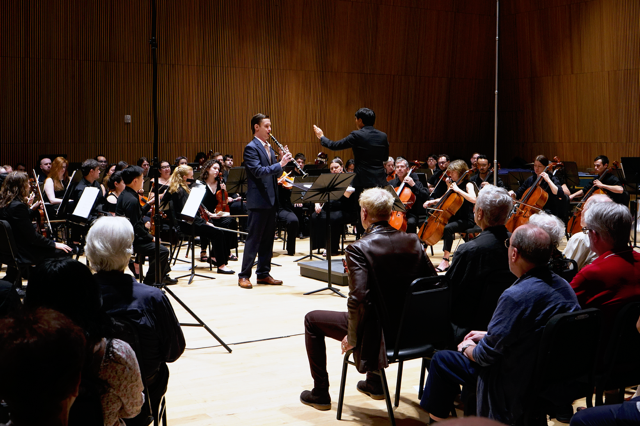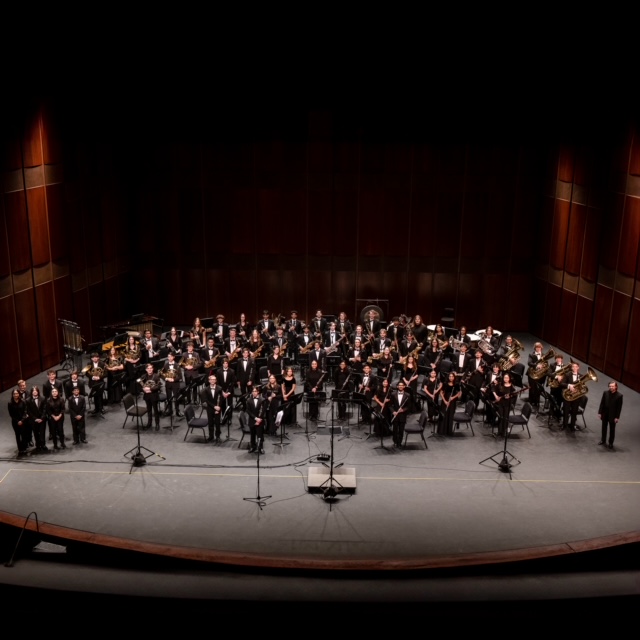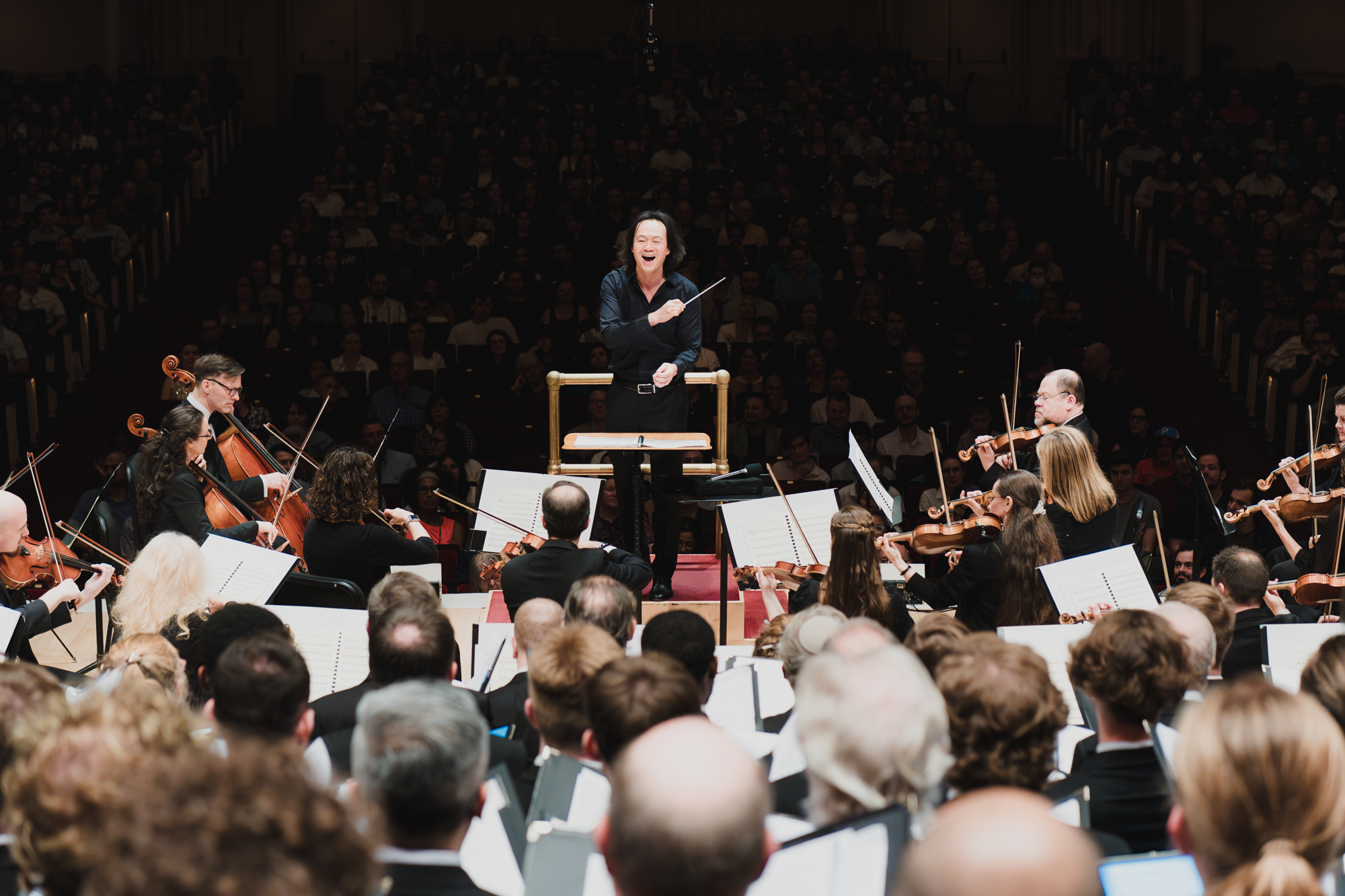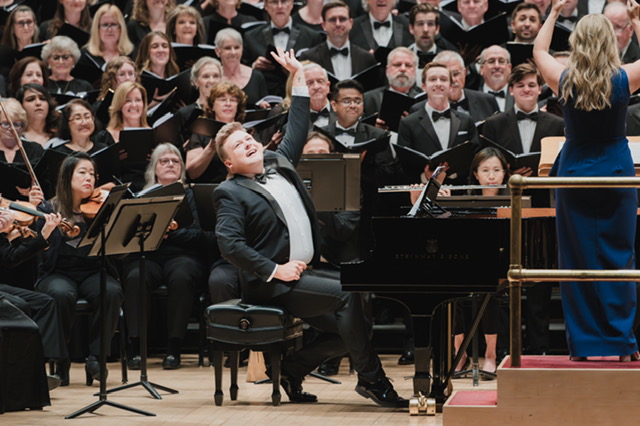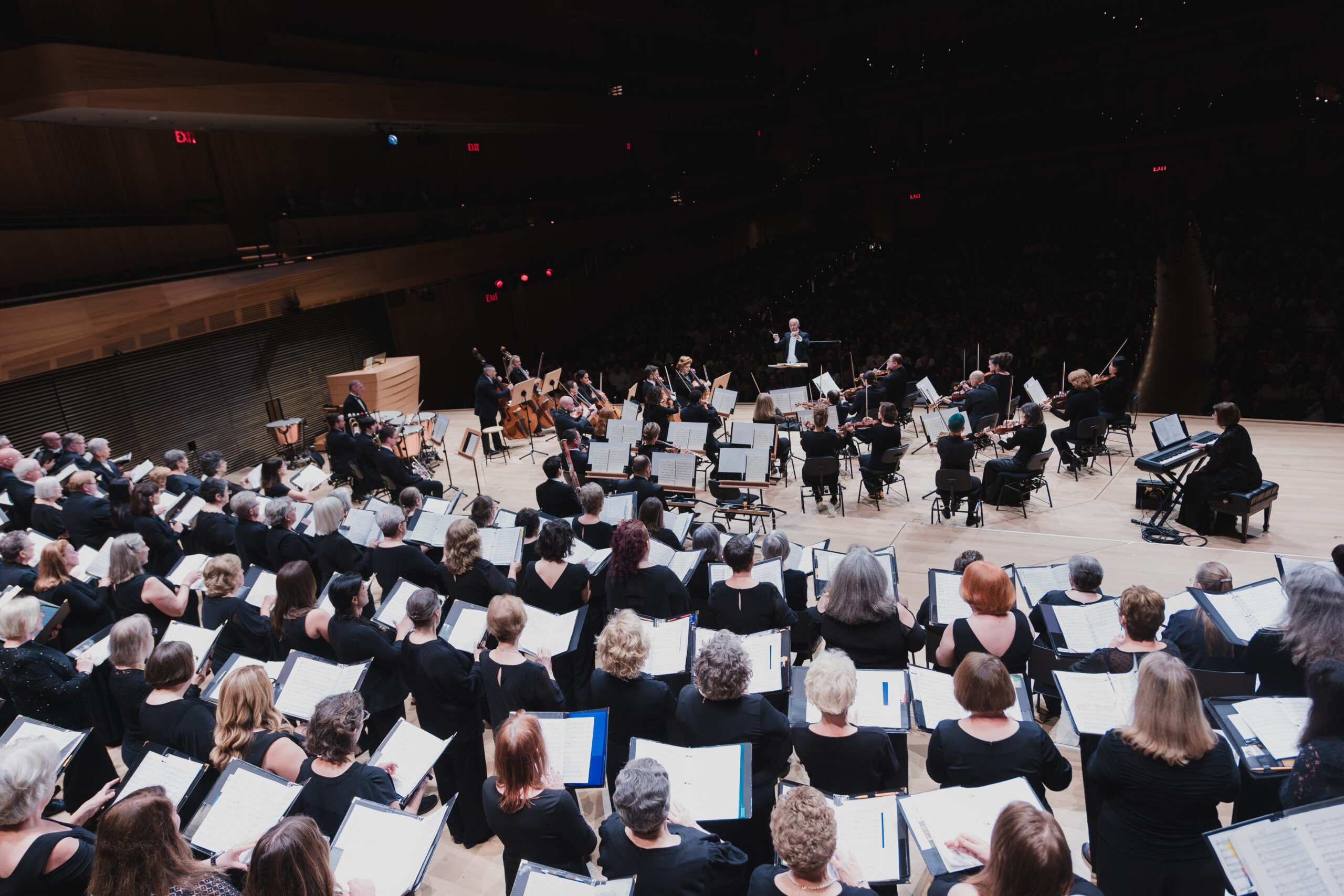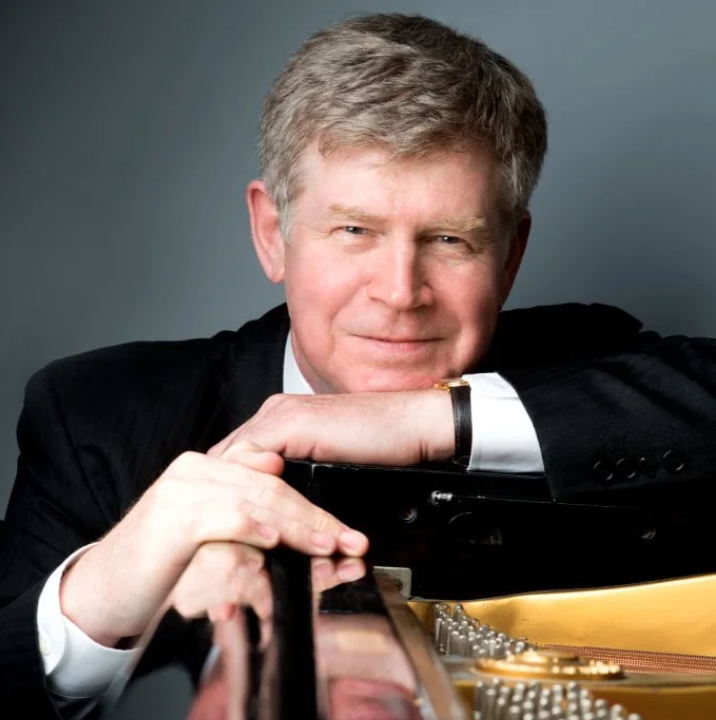The Chelsea Symphony
Oscar Thorp, Mark Seto, Matthew Aubin, conductors
Eric Schultz, clarinet
DiMenna Center for Classical Music, New York, NY
June 15, 2024
On June 15, 2024, The Chelsea Symphony presented their closing concert of their 2023-2024 season in a program entitled Rhythm and Colors at the DiMenna Center for Classical Music.
The printed program included a QR code for program notes, which is becoming the standard as of late. While one appreciates the great depth that is available to the reader through this method, the gremlins of technology can wreak havoc on these good intentions – such as the inability to open said notes in a basement level venue, as happened to me (Pro tip: Wi-Fi password, please!). Fortunately for me, only one of the three works on the program was new to me. The reader can access the notes by clicking the following link: Program notes
Conductor Oscar Thorp took the podium to conduct the opening work, Kauyumari, by Gabriela Ortiz (b. 1964). Ms. Ortiz writes in her notes,“Among the Huichol people of Mexico, Kauyumari means ‘blue deer.’ The blue deer represents a spiritual guide, one that is transformed through an extended pilgrimage into a hallucinogenic cactus called peyote.” Ms. Ortiz elaborated on a Huichol melody that she had used for the final movement of her piece, Altar de Muertos (Altar of the Dead), commissioned by the Kronos String Quartet in 1997. I would describe Kauyumari as a cross between Silvestre Revueltas’s Sensemaya and José Pablo Moncayo’s Huapango (two works I rather like) – less sinister than Sensemaya, but also less exuberant than Huapango. It is an effective, colorful work, and the Chelsea Symphony offered a spirited reading.
Conductor Mark Seto and clarinet soloist Eric Schultz took the stage for the next work, the Concerto for Clarinet and Orchestra, by John Corigliano (b. 1938). Mr. Schultz is a Buffet Crampon artist, and has been nominated for a Grammy Music Educator of the Year award (2024), plus having a plethora of accolades too numerous to list (access the above link to learn more). He lists his performance as part of New York City Pride (for Pride month), and The [Represent]atoire Project, an organization he founded focusing on inclusion. He also was coached by John Corigliano for this performance.
Some basic background information: The work was commissioned by the New York Philharmonic for the clarinetist Stanley Drucker. It was first performed in New York City on December 6, 1977, by Drucker and the New York Philharmonic, conducted by Leonard Bernstein. The composition is dedicated to Drucker and Bernstein. The first movement, Cadenzas, consists of two cadenzas separated by an interlude, the first subtitled Ignis fatuus (Will-o’-the-wisp) and the second, Corona solis (crown of the sun). The second movement, Elegy, was composed in memory of Corigliano’s father John Corigliano Sr., a former concertmaster of the New York Philharmonic, who died in 1975. The third movement, Antiphonal Toccata, was composed as Corigliano’s “solution to the balance problems created by using the full orchestra in a wind concerto;” this movement features a number of antiphonal performers and quotes the Italian composer Giovanni Gabrieli’s 1597 composition Sonata pian’ e forte.
Mr. Corigliano was in attendance and was invited to the stage to speak about his work prior to the performance. What a treat it was for all to have this living legend impart his wisdom with such clarity and detail. I am not going to repeat all he said, but one can read the program notes (written by Mr. Corigliano), which cover everything he said, but in even greater detail.
This concerto is not for the faint of heart. I believe one commentator called it “fiendishly difficult,” which is almost a laughable understatement. I took a look at the solo part and my first impression was, “This is impossible!” Of course, it’s not impossible, but to pull it off, some super-virtuosity is a must. Mr. Schultz asserted his ability in no uncertain terms. His rapid passage work was articulated with clarity and wide leaps were negotiated at high speed without any loss of tonal clearness. He displayed mastery of extended techniques and a rich, singing tone in all registers and dynamic levels, including the extreme high register. I have often heard even excellent clarinetists struggle with a stridency of tone and loss of intonation in the extreme high register (“squeaking”). Not so with Mr. Schultz. He is a force!
Highights abound, but I am going to focus on my favorites. The brilliant Cadenzas wereplayed by Mr. Schultz with quicksilver artistry. Elegy, with the dialogue between the solo clarinet and the concertmaster was heartbreakingly poignant, leaving a feeling of desolation that lingered without any healing resolution. The finale, Antiphonal Toccata, was an adrenaline rush, bursting with drama and relentless momentum. Mr. Schultz more than held his own against the orchestra.
Let’s give Maestro Seto and the Chelsea Sypmphony their due. The orchestra part is almost as challenging as the solo part, and they pulled it off with great ability. Just dealing with the antiphonal aspect in conjunction with the orchestra while keeping with the soloist is admirable. Mr. Corigliano gave Mr. Schultz a warm embrace in appreciation for his stunning performance. It is curious that the audience did not take this very clear sign to give Mr. Schultz the ovation he so richly deserved. To be sure, there were those who “got it,” but I am going to assume the rest were so bowled over as to not know what to do. Bravo, Mr. Schultz, Bravo!
After intermission, Matthew Aubin took the podium to conduct Leonard Bernstein’s Symphonic Dances from West Side Story. Bernstein extracted and reorchestrated nine selections from the musical into the Symphonic Dances. Maestro Aubin thanked all for coming this evening, and stated it was an honor to conduct the Symphonic Dances in the presence of Mr. Corigliano, who personally knew Leonard Bernstein. Everything about West Side Story is so well known that there is no need to spend any time on anything other than the performance itself (for those recent arrivals to our planet, I will point you in the direction of the program notes to learn all you wish to know). How was the performance? Other than some unfortunate cracked notes in Somewhere, it was very good! I am always delighted when the players let loose in the Mambo, and whip it into a frenzy, but also when the delicate lightness of the less flamboyant moments is given the appropriate tenderness – and it was. It was an enjoyable finish to the night.

